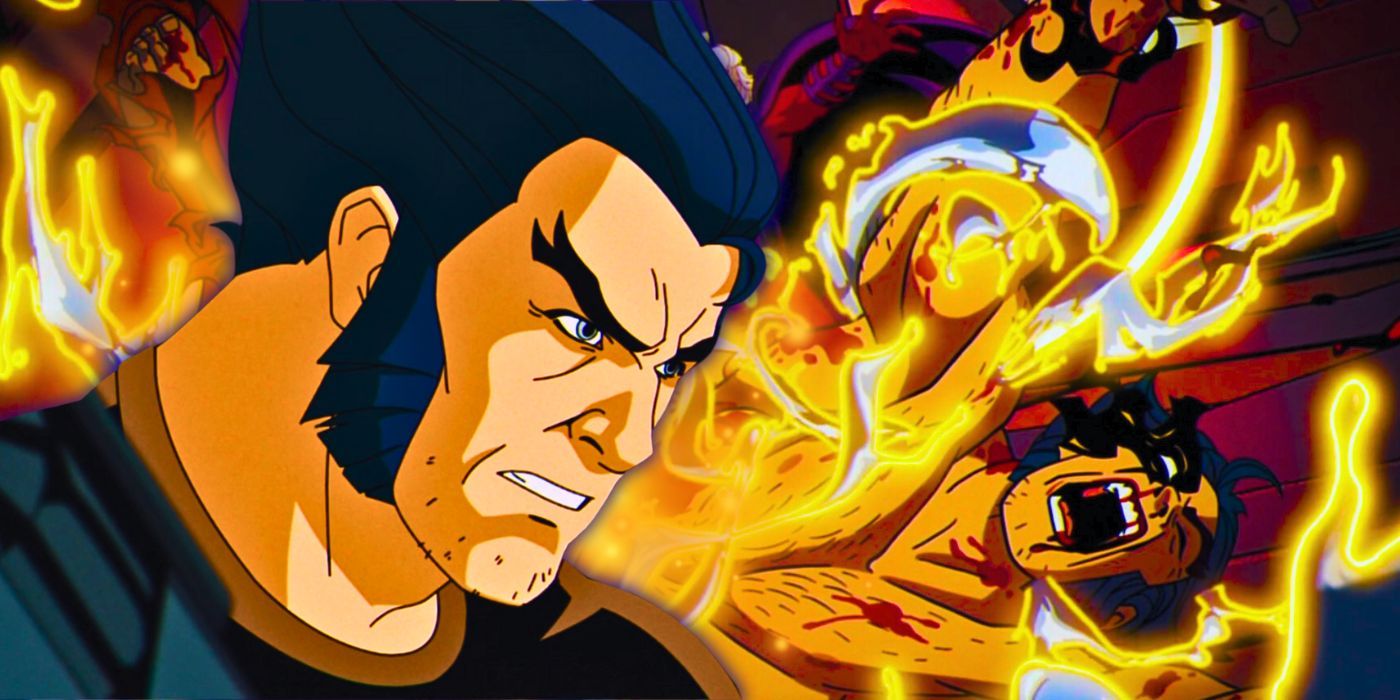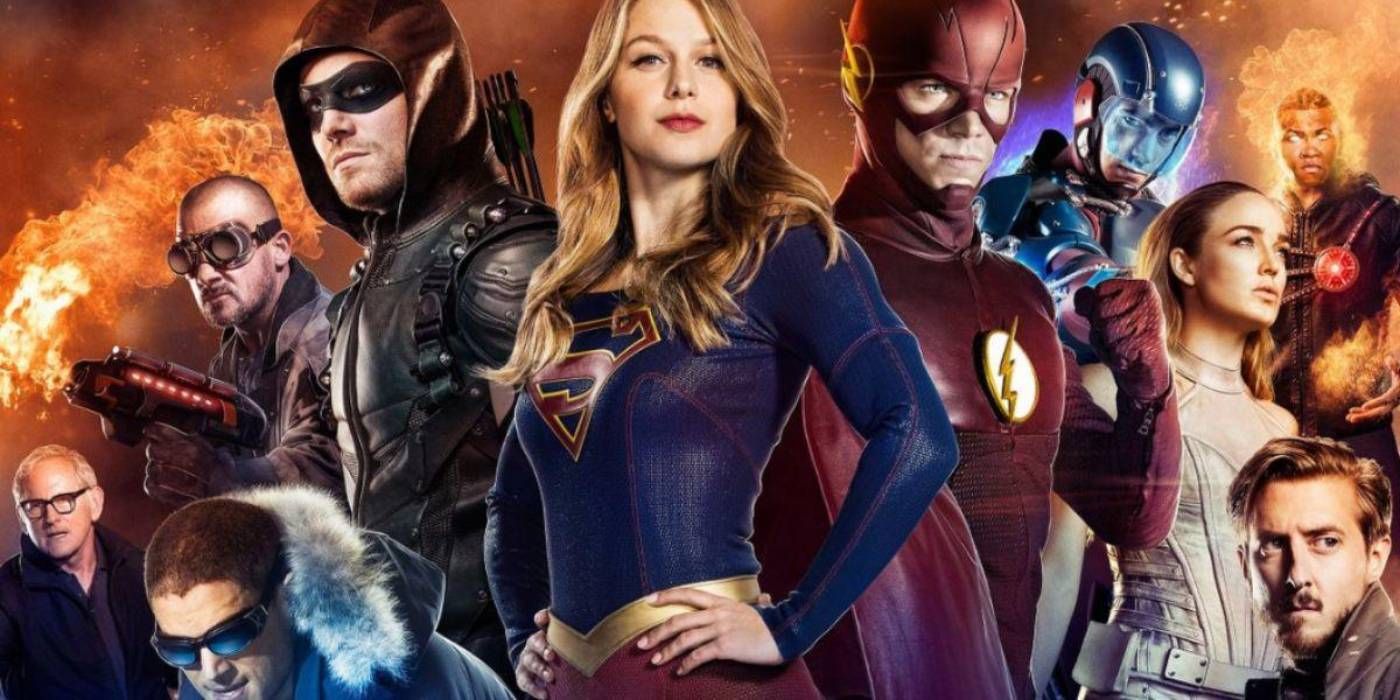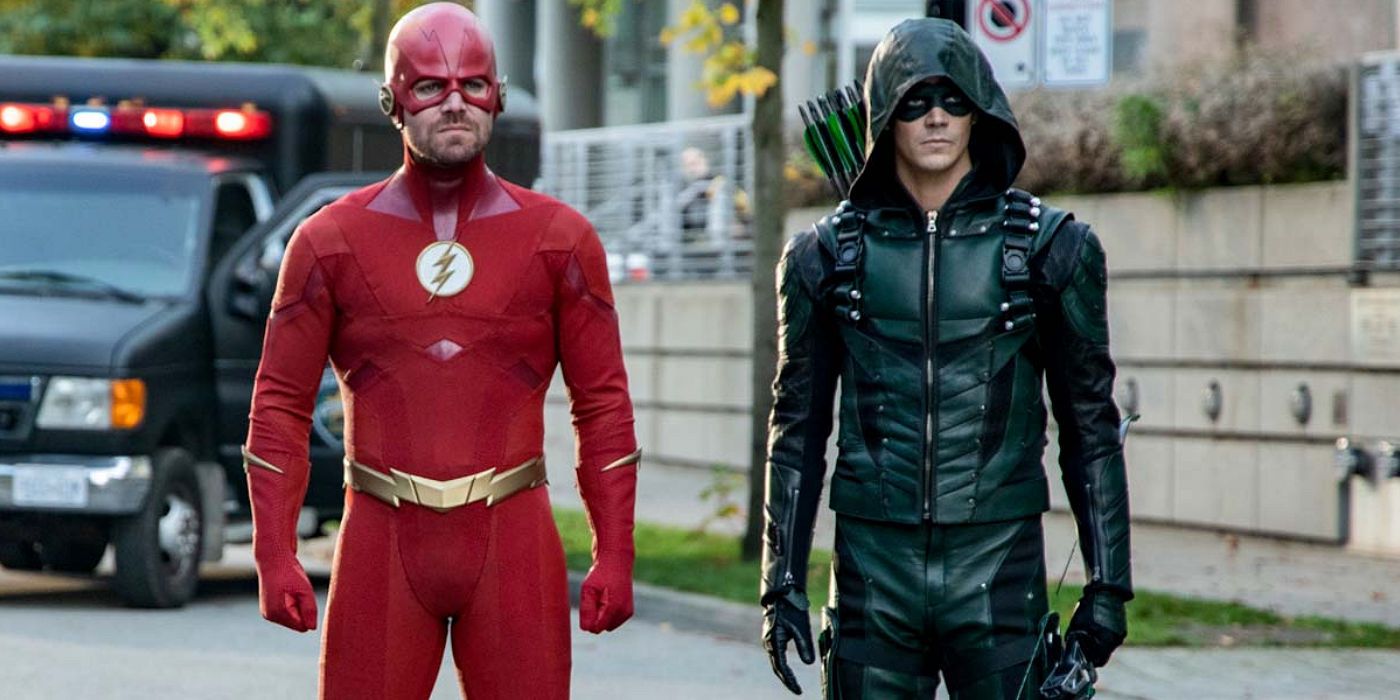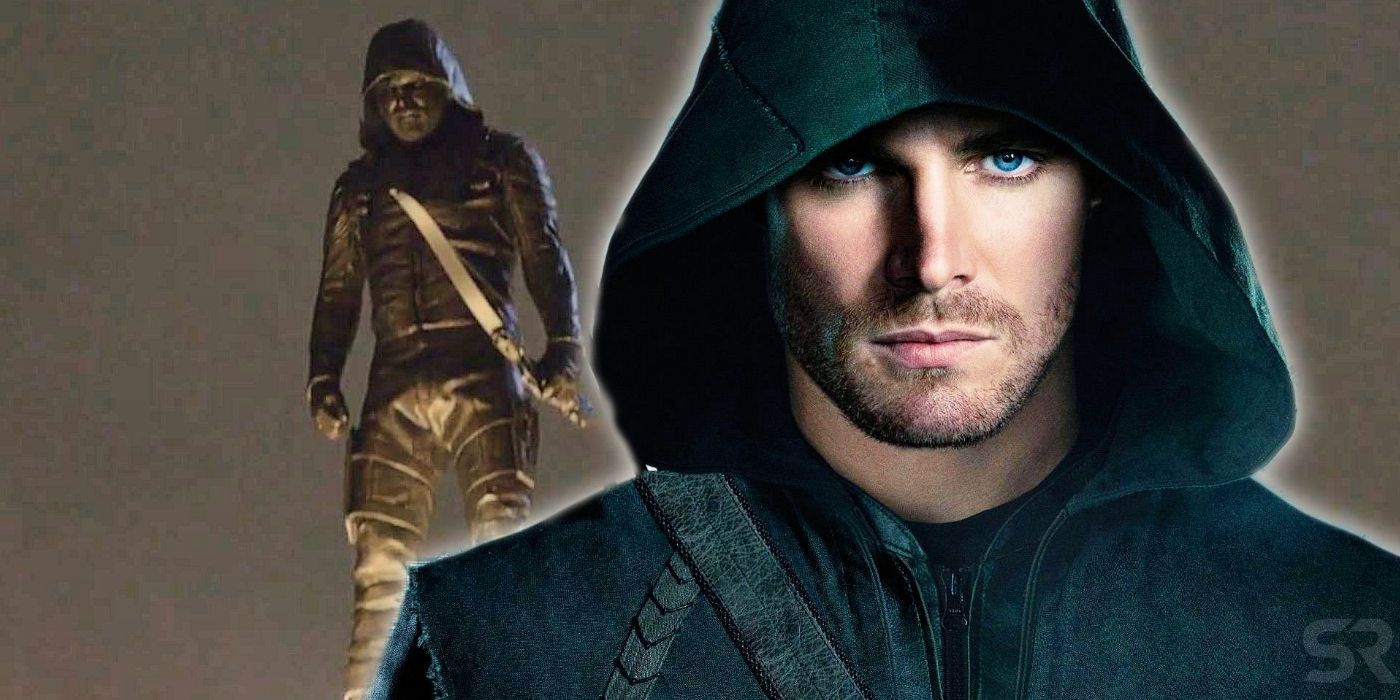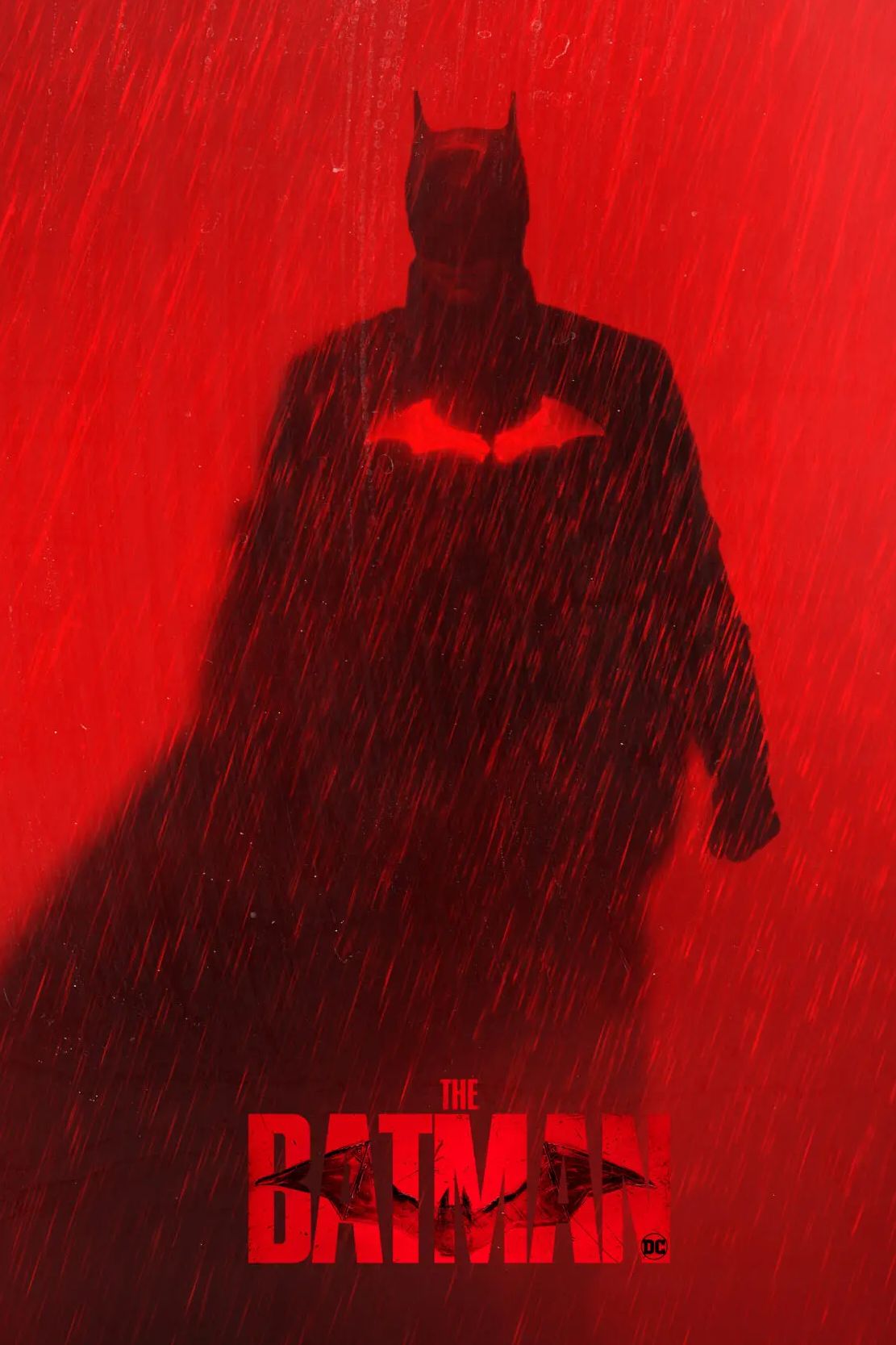Summary
- The Arrowverse's Crisis On Infinite Earths merges all DC shows into one multiverse, including iconic movie and TV cameos.
- Crisis On Infinite Earths follows Elseworlds and sets up the Justice League as it combines all Earths into Earth-Prime.
- Despite major DC teases, Crisis On Infinite Earths effectively ends the Arrowverse and sets up Superman & Lois separately.
The CW's Crisis On Infinite Earths mini-series is multiverse-spanning story of DC's continuity canon. The 1986 Crisis On Infinite Earths comic book story by Marv Wolfman and George Pérez is famous for establishing DC's multiverse of alternate continuities, with the story used to consolidate them into a single continuity, though DC Comics would eventually return to telling Elseworlds and alternate universe stories within a few years. The CW's Crisis On Infinite Earths adapts the iconic story for the Arrowverse timeline, but serves the inverse function of essentially bringing all DC movies and TV shows under a collective multiverse umbrella.
The Arrowverse-based Crisis On Infinite Earths is full of cameos and supporting roles by numerous DC actors in disparate shows and movies. In adapting its namesake in the way that it does, Crisis On Infinite Earths renders all DC movies and TV shows co-exist as part of the larger DC multiverse - though it currently seems unlikely that the DCU will keep this as part of its own established canon. Here is the story of the CW's Crisis On Infinite Earths and the best viewing order for the mini-series.
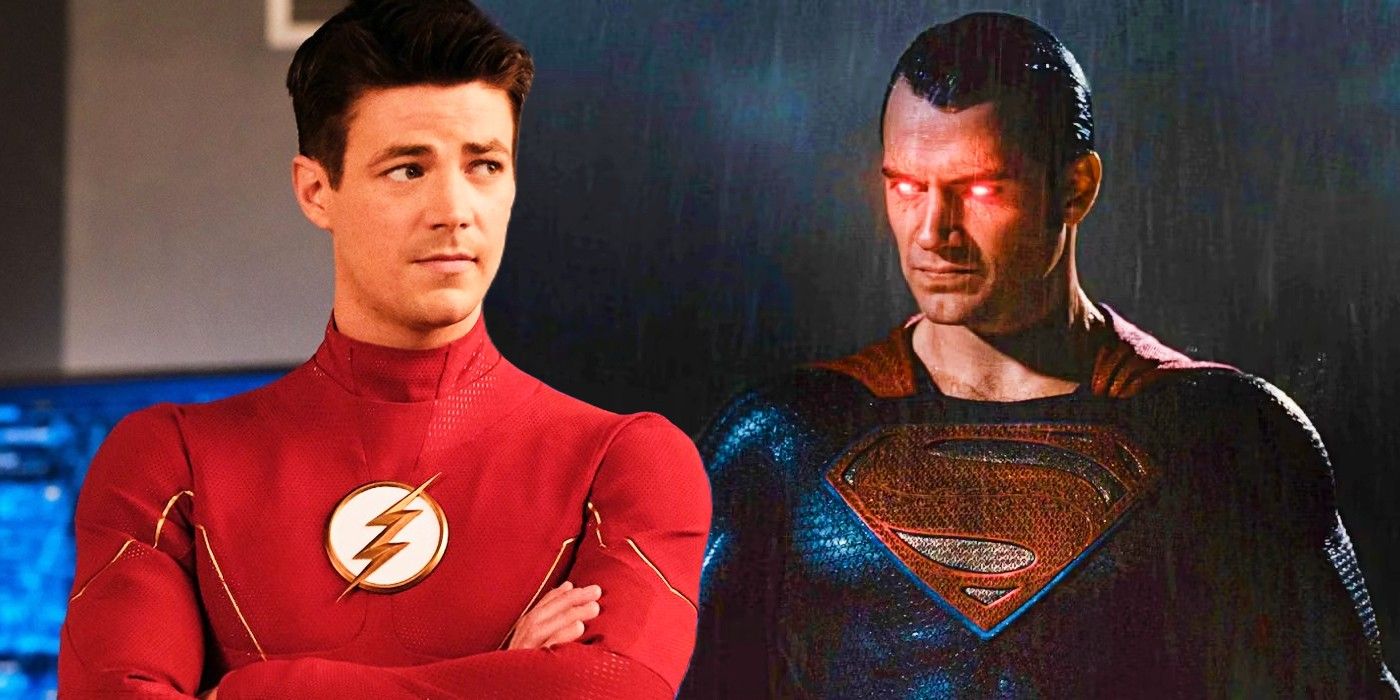
Why The DCEU & Arrowverse Didn't Combine (Despite The Crisis Crossover)
The Arrowverse's Crisis on Infinite Earths event included a DCEU crossover, but there are key reasons why the two universes were never combined.
What You Need To Know Before Crisis On Infinite Earths
How To Watch The Arrowverse's Elseworlds Crossover
Crisis On Infinite Earths is preceded in the Arrowverse by the 2018 crossover event Elseworlds. Within it, the multiversal guardian known as the Monitor (LaMonica Garrett) summons various heroes like Green Arrow (Stephen Amell) to help stop the coming calamity being unleashed by DC villain the Anti-Monitor (also played by LaMonica Garrett.)
Additionally, Elseworlds also provides a grim tease of what lies ahead when the Monitor shows Barry Allen (Grant Gustin) a glimpse of the forthcoming destruction of the multiverse in the future, set to occur in December 2019. In Barry's vision into the future, the crisis can only be prevented by The Flash sacrificing his life.
Ultimately, Earth's heroes manage to prevent the multiverse's destruction in Elseworlds, but the Anti-Monitor's determination to wipe out all life outside the anti-matter universe ensures that he will return. All in all, the story of parallel Earths in Elseworlds lays the foundation for DC's multiverse to be cracked open even wider in Crisis On Infinite Earths. This is the correct viewing order and episode count of Elseworlds:
|
Elseworlds Episode Title |
Show Title |
Season Number |
Episode Number |
|---|---|---|---|
|
Elseworlds Part One |
The Flash |
5 |
9 |
|
Elseworlds Part Two |
Arrow |
7 |
9 |
|
Elseworlds Part Three |
Supergirl |
4 |
9 |
Crisis On Infinite Earths Episodes In Order
How To Watch Crisis On Infinite Earths In Chronological Order
A year after Elseworlds, Crisis On Infinite Earths picks up with the multiverse-wide disaster beginning, leading to the heroes of the Arrowverse banding together to stop the Anti-Monitor's destruction of the multiverse. In doing so, Crisis On Infinite Earths takes them and viewers through a wild trip through DC's movie and TV history. Among the DC continuities referenced during Crisis On Infinite Earths are Tim Burton's Batman movies, streaming shows like Titans and Swamp Thing, and the Adam West Batman TV show.
Additionally, numerous DC movie and TV actors appear in cameos during Crisis On Infinite Earths, including Tom Welling's Clark Kent from Smallville, and Ezra Miller's DCEU Barry Allen in a face-to-face meeting with Grant Gustin's Flash, with Brandon Routh's Superman also returning as a key ally to stop the Anti-Monitor. Meanwhile, John Wesley Shipp's Flash from the '90s Flash TV show (designated as taking place on Earth-90) reasons that the Monitor "said The Flash must die in Crisis. He never said which one", and sacrifices himself to destroy the Anti-Monitor's anti-matter canon.
Earth-90's Flash isn't the only hero to make the ultimate sacrifice during Crisis On Infinite Earths, with Oliver Queen dying in the battle to stop the Anti-Monitor only to return to guide Earth's heroes as the ethereal being known as the Spectre. In the hero's final confrontation with the Anti-Monitor, Oliver uses his abilities as the Spectre to revive the multiverse, dying a hero's death as the Anti-Monitor is defeated.
Meanwhile, a new Earth-Prime has been created with the Earths of all the CW Arrowverse shows merging, and the newly united heroes forming the Justice League. The viewing order of Crisis On Infinite Earths is as follows:
|
Crisis On Infinite Earths Episode Title |
Show Title |
Season Number |
Episode Number |
|---|---|---|---|
|
Crisis On Infinite Earths: Part One |
Supergirl |
5 |
9 |
|
Crisis On Infinite Earths: Part Two |
Batwoman |
1 |
9 |
|
Crisis On Infinite Earths: Part Three |
The Flash |
6 |
9 |
|
Crisis On Infinite Earths: Part Four |
Arrow |
8 |
8 |
|
Crisis On Infinite Earths: Part Five |
Legends of Tomorrow |
5 |
Special |
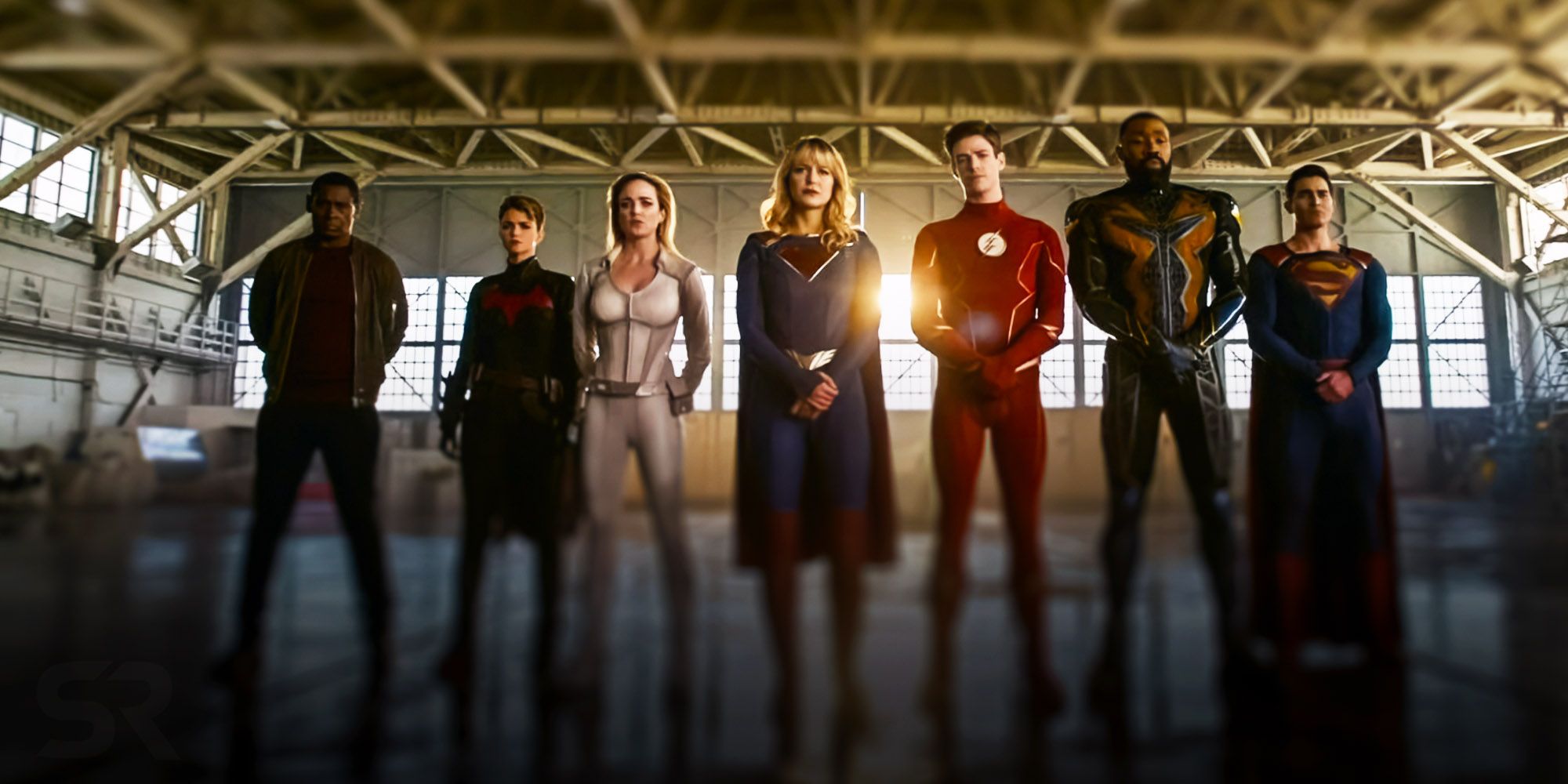
What Happened To The Arrowverse's Justice League
Thanks to the Arrowverse, The CW's DC shows had their own Justice League team. So what happened to them and why didn't they ever return?
How To Watch The Crisis On Infinite Earths Epilogue
Arrow's Series Finale Shows the Aftermath of Crisis
With Oliver Queen sacrificing himself in Crisis On Infinite Earths, the multiverse-level event also sets up the conclusion of Arrow. Oliver's sacrifice has reset the timeline of Earth-Prime, undoing numerous events and character deaths, including but not limited to the demise of his mother Moira (Susanna Thompson). In Star City, Oliver is honored with a bronze statue, commemorating his years of heroism as Green Arrow, while Oliver's partner Roy Harper (Colton Haynes) proposes to Oliver's sister Thea (Willa Holland), which she accepts.
Meanwhile, Oliver's long-time ally John Diggle (David Ramsey) leaves Star City for Metropolis, but on the way witnesses a meteor crash into the Earth and uncovers a mysterious box glowing green, alluding to the fan theory of Diggle becoming the Arrowverse's Green Lantern. In the aftermath of Crisis, Oliver's girlfriend Felicity Smoak (Emily Bett Rickards) is also still heartbroken by his death, but she and Oliver are given a happy ending when the Monitor arrives and takes Felicity to reunite with Oliver in the afterlife.
Despite everything the mini-series does to throw open the doors of DC's multiverse, Crisis On Infinite Earths effectively killed the Arrowverse, with the franchise's other shows progressively ending one-by-one until The Flash's conclusion in 2023. Moreover, the subsequent Superman & Lois also establishing itself as being in a universe separate from Earth-Prime. In doing so, the Arrowverse and Superman & Lois combined also make Tyler Hoechlin something of a Superman actor record holder, with Hoechlin having played numerous versions of the Man of Steel between the two.
It remains unfortunate that everything set up for the Arrowverse by Crisis On Infinite Earths, from the Justice League to Diggle becoming a Green Lantern, stands as a collection of teases with mostly no pay-off (though Oliver Queen does return in The Flash's final season.) Nonetheless, Crisis On Infinite Earths will forever be a major pillar of DC's movie and TV history for having made the entirety of that history relevant, canonized, and always open to be revisited.


